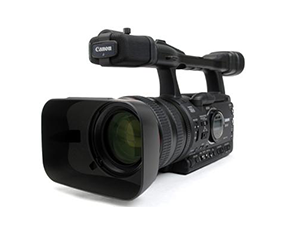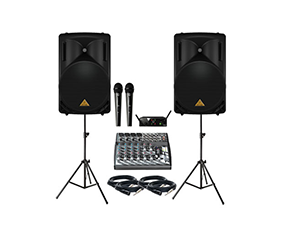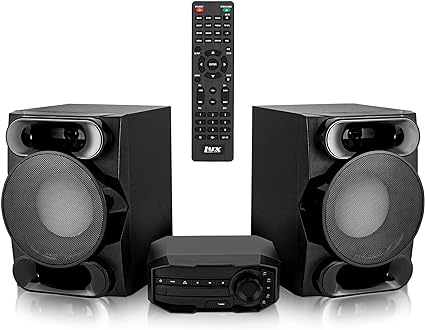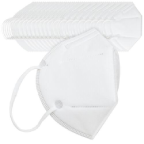
 This article was written by PopPhoto.com, the online home of Popular Photography & Imaging and American Photo magazines. By combining reviews from the respected and powerful equipment testing lab of the country’s largest imaging magazine with beautiful, inspirational work from today’s top photography talent, PopPhoto.com is a unique destination for photo enthusiasts. This article was written by PopPhoto.com, the online home of Popular Photography & Imaging and American Photo magazines. By combining reviews from the respected and powerful equipment testing lab of the country’s largest imaging magazine with beautiful, inspirational work from today’s top photography talent, PopPhoto.com is a unique destination for photo enthusiasts.
FIRST LOOK: CANON EOS-1D MARK III
How to find a rugged, pro-caliber 10MP DSLR that delivers a blazingly fast frame speed up to ISO 6400.
By Michael J. McNamara, Popular Photography
May 2007
 |
|---|
| Big-Screen Debut: The pro-level EOS-1D Mark III has a tough, magnesium alloy body with weather seals, a 45-zone AF system, a highly sensitive 10.1MP CMOS sensor, and a gorgeous 3-inch LCD with Live Preview. |
|---|
Rather than upgrade its popular EOS 30D digital SLR, Canon has surprised us by announcing a pro-level 10.1MP EOS-1D Mark III. (The price wasn't set at press time, but we think it will street for just under $4,000, body only.) With live LCD preview and other enhancements, it's more than an upgrade to the 8.2MP EOS-1D Mark II n it replaces, and may pose a threat to Nikon's 12.4MP D2Xs.
Sports shooters and photojournalists will crave the Mark III's burst speed and improved capabilities in low light. It can capture up to 110 high-quality JPEGs at a blazing 10 frames per second -- the Mark II n topped out at 8.5 fps. In RAW mode the burst capacity drops to 30 images, but still at 10 fps. Such rapid-fire action is backed by a shutter rated at 300,000 cycles and a new 45-zone autofocus system that includes 19 cross-type sensors for precision focus and tracking of subjects in low light.
The camera we looked at wasn't a testable production model, but once we get one into the Pop Photo Lab, we expect image quality test results to improve incrementally over the older Mark II n. Why? The Mark III's new AP S-H-sized 10.1MP CMOS sensor delivers increased resolution and expanded 14-bit color depth. (The 35mm lens factor is still 1.3X).
Real-world performance boosts should also come from the Mark III's incredible low-light sensitivity (the ISO range has been expanded to 50-6400), improved noise reduction powered by dual Di gic III processing engines, and new Highlight Tone Priority controls.
Do pros really want a giant (and vulnerable) 3-inch LCD on their DSLRs? They should. Since the AF is disabled in Live Preview mode, the larger screen makes it much easier to focus and compose, and for critical work you can focus using the 5X or 10X magnification assist.
The camera can also be controlled remotely via a computer attached by Hi-Speed USB 2.0 connection or an optional Wi-Fi transmitter (with Live Preview active). And the video out port can be used to stream live preview (or playback) video to a big screen TV or studio monitor.
Now, if only the Mark III's light sensitivity and Live Preview mode came in a less expensive body (EOS 40D, anyone?).
New & Noteworthy
• 10 fps burst.
• Live preview.
• ISOs up to 6400.
• 3-inch LCD.
• Super-tough, though heavy, body.
• Improved AF system.
• No pop-up flash.
Consider this if...
• You're a pro photojournalist or sports shooter who wants to freeze the action.
• You're a studio photographer looking for live preview and remote control.
• You can afford to spend about $4,000 for the camera body alone.
|
















































